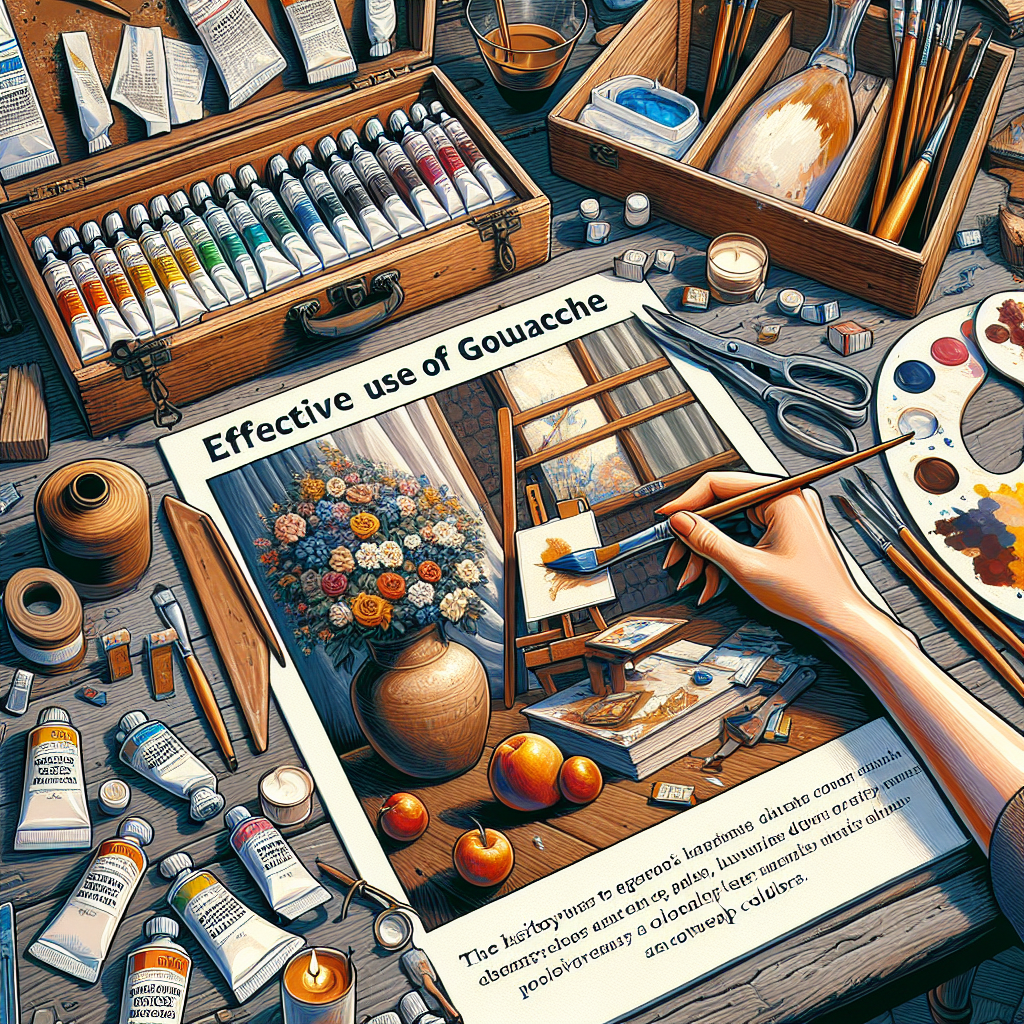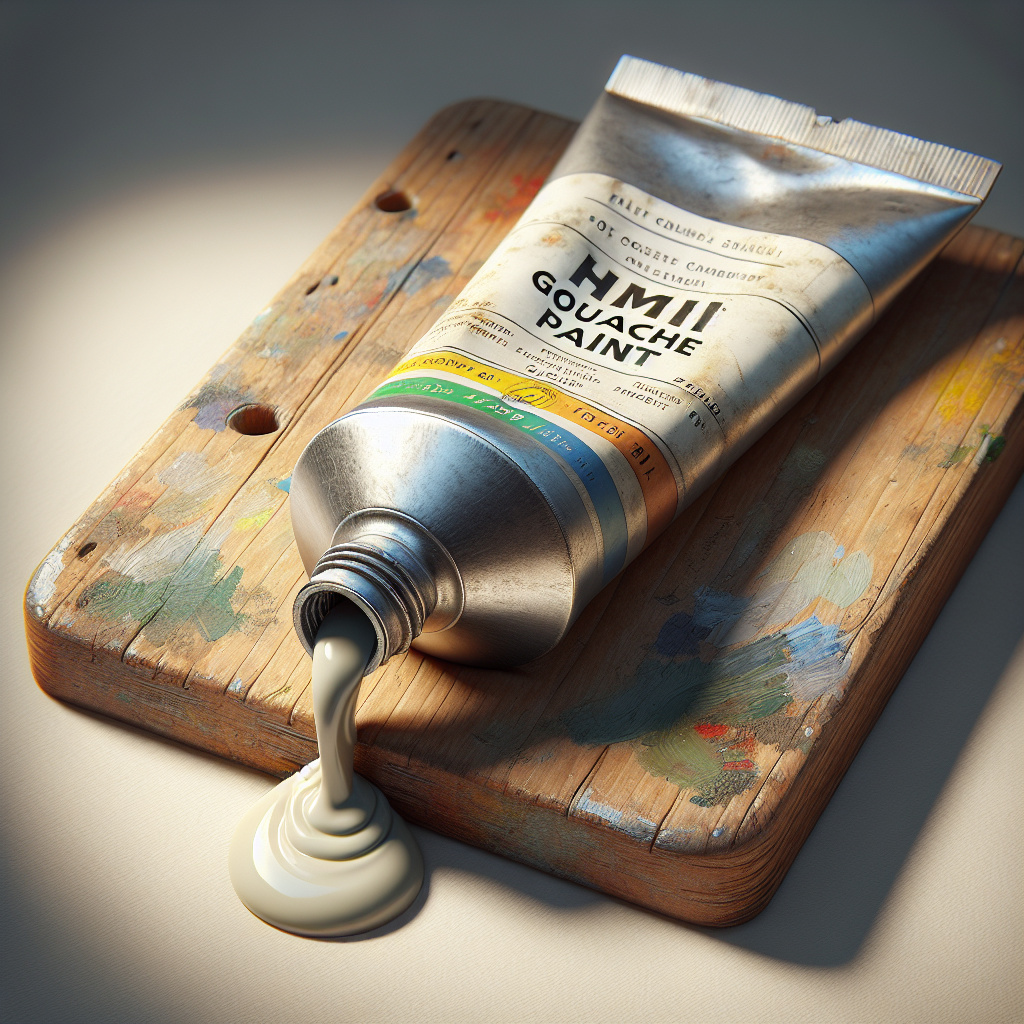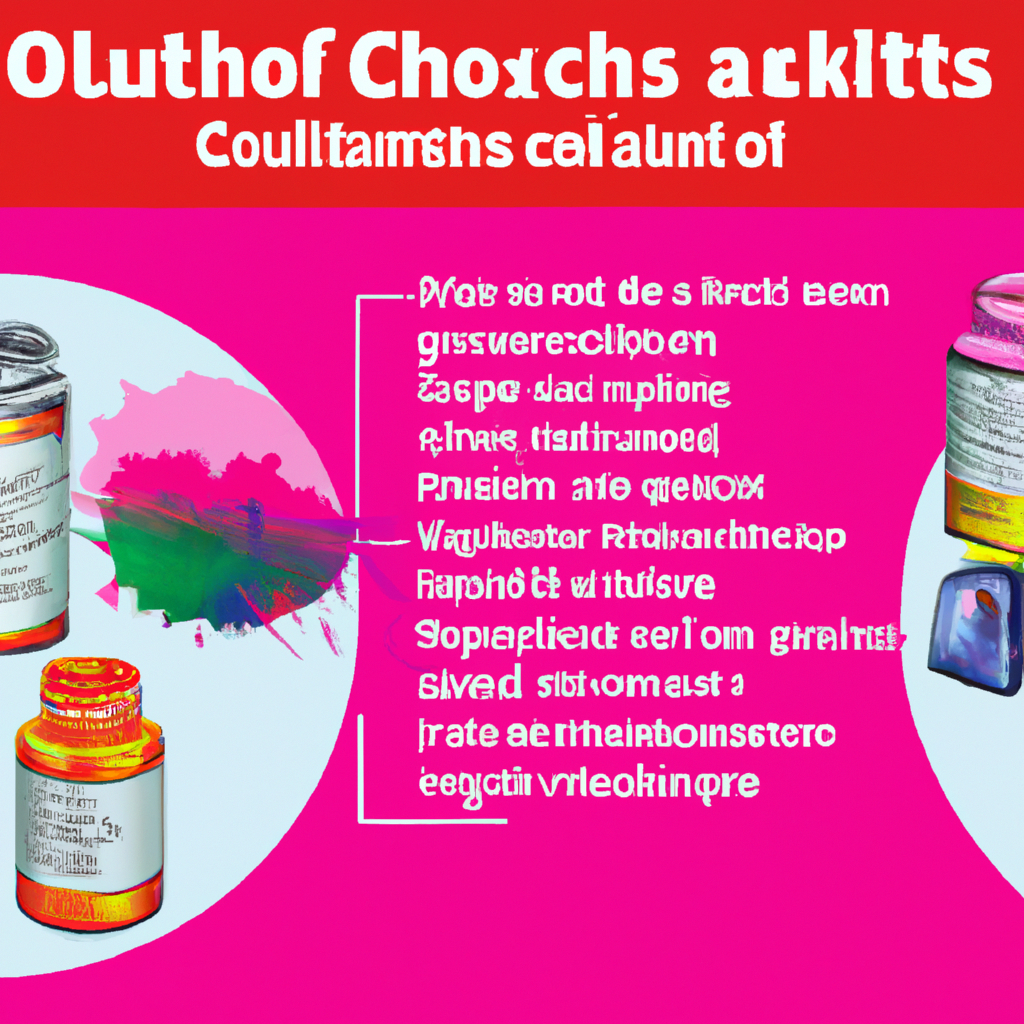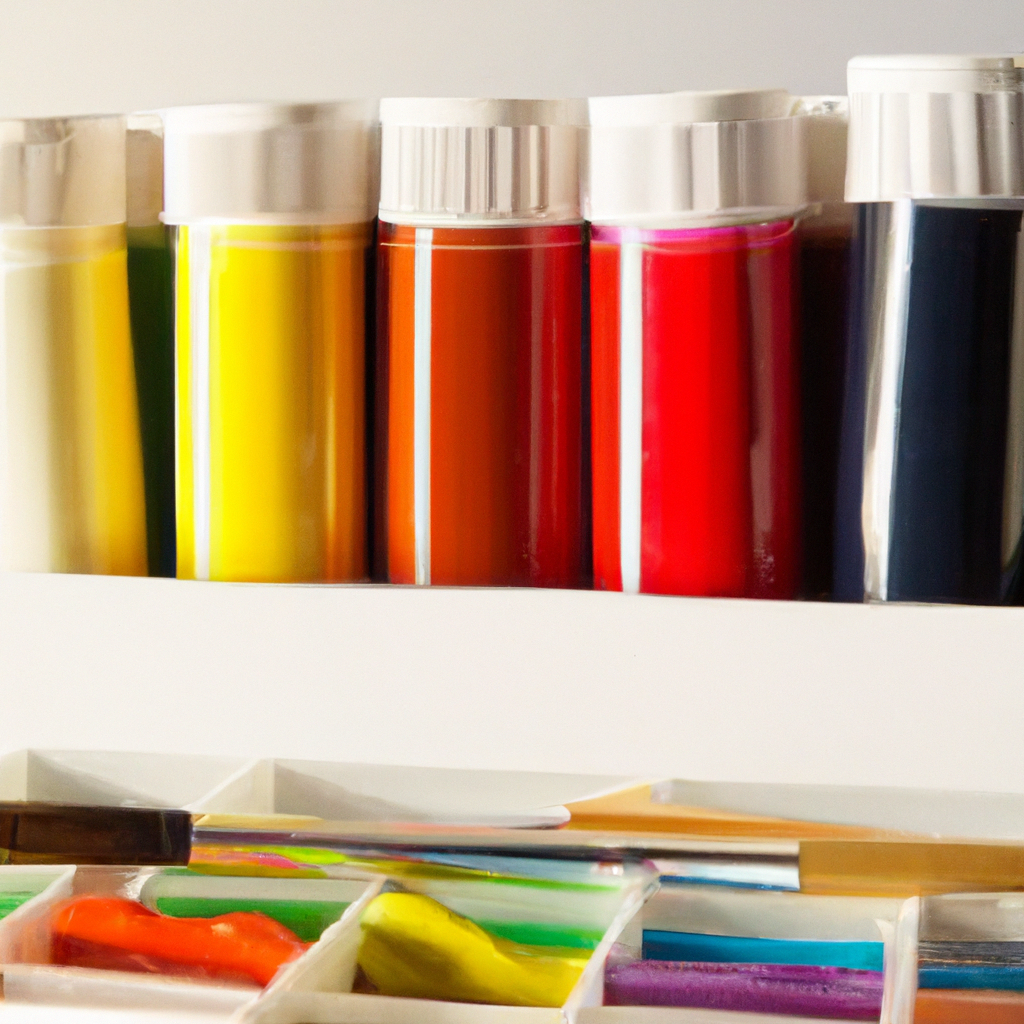Gouache paint, a versatile medium in the world of art, has gained popularity among artists and enthusiasts alike. With its unique composition and characteristics, it offers a distinctive approach to painting. But what exactly is in gouache paint that sets it apart? Dive into this article as we explore the components and qualities of gouache paint, shedding light on its rich pigments, smooth texture, and remarkable ability to create vibrant and opaque artworks. Whether you’re an aspiring artist or simply curious about this fascinating medium, prepare to uncover the secrets that lie within gouache paint.
What Is Gouache Paint
Gouache paint is a type of water-based paint that is known for its vibrant colors and opaque finish. It is a versatile medium that can be used for various artistic purposes, including illustration, painting, and design. Gouache paint consists of several key ingredients, each playing a crucial role in determining its unique characteristics and properties.
Definition of Gouache Paint
Gouache paint, also known as opaque watercolor, is a type of paint that is composed of pigment particles suspended in a binder solution, usually gum arabic. It is a water-based medium that can be thinned and mixed with water to create the desired consistency for painting. Gouache paint is known for its smooth, matte finish and rich, opaque colors, making it a popular choice among artists and designers.
History of Gouache Paint
The origins of gouache paint can be traced back to ancient Egypt, where it was used as an early form of watercolor. However, the medium gained widespread popularity during the Middle Ages in Europe, particularly among manuscript illuminators. Gouache paint was favored for its ability to achieve vibrant colors and fine details, making it ideal for intricate and decorative works. Over the years, the technique and materials used in gouache paint have evolved, but its appeal and versatility persist to this day.
Characteristics of Gouache Paint
Gouache paint possesses several unique characteristics that set it apart from other types of paint. One of its defining features is its opaque quality, which allows for a solid and bold application of color. The matte finish of gouache paint creates a velvety texture that adds depth and dimension to artworks. Additionally, gouache paint has a quick drying time, enabling artists to layer colors or make adjustments without waiting for prolonged drying periods. Its water-soluble nature makes it easy to work with and clean up, making it ideal for both professional artists and beginners.
Ingredients in Gouache Paint
To understand the composition of gouache paint, it is essential to explore its key ingredients and their roles in creating the desired qualities of the paint.
Water
Water is an essential component of gouache paint and serves as the main solvent for the paint’s other ingredients. It is primarily responsible for diluting the paint and adjusting its consistency. The amount of water added to gouache paint can affect its opacity, transparency, and drying time.
Pigments
Pigments are the coloring agents in gouache paint and are responsible for providing the paint with its vibrant and varied hues. Gouache pigments can be natural or synthetic and are available in a wide range of colors. The choice of pigments influences the intensity, lightfastness, and overall quality of the paint.
Binder
The binder in gouache paint is typically gum arabic, a natural gum extracted from the acacia tree. It acts as the adhesive that binds the pigment particles together and adheres them to the painting surface. The binder also contributes to the paint’s smooth texture and enhances its workability.
Additives
Additives are substances that are added to gouache paint to modify its properties. These can include preservatives to extend the shelf life of the paint, wetting agents to improve flow and spreadability, and anti-molding agents to prevent the growth of mold or bacteria. Additives are used in varying quantities depending on the desired characteristics of the paint.
Fillers
Fillers are materials added to gouache paint to increase its volume without significantly altering its color or other properties. Common fillers include calcium carbonate, talc, and kaolin clay. Fillers help reduce the cost of the paint and improve its covering power.

This image is property of images.unsplash.com.
Water
Role of Water in Gouache Paint
Water plays a vital role in gouache paint as it serves as the primary solvent and diluent. It allows the paint to be diluted to the desired consistency, whether for layering or creating transparent washes. The addition of water also influences the opacity of the paint, with less water resulting in a more opaque finish.
Different Types of Water in Gouache Paint
There are various types of water that can be used in gouache paint, each producing different effects. Distilled water is commonly used due to its purity, as it does not contain impurities or minerals that may affect the paint’s quality. Tap water can also be used, but it may contain additives or impurities that could impact the paint’s performance. Some artists also experiment with using different types of water, such as mineral water, to create unique textures or effects in their gouache paintings.
Pigments
Role of Pigments in Gouache Paint
Pigments are the essential components of gouache paint, responsible for providing the variety of colors and hues. Pigments can be organic or inorganic, depending on their source and composition. They are finely ground particles that are dispersed in the binder solution to create the desired paint colors. The quality and characteristics of the pigments used in gouache paint greatly influence the intensity, lightfastness, and overall quality of the final artwork.
Types of Pigments Used in Gouache
Gouache paint utilizes a wide range of pigments, offering artists an extensive palette of colors to choose from. Natural pigments, obtained from minerals, plants, or animals, have been used historically and continue to be popular in traditional gouache paints. Synthetic pigments, created through chemical processes, offer a broader range of colors and improved lightfastness. Some common pigments used in gouache paint include cadmiums, cobalts, ochres, and earth tones.
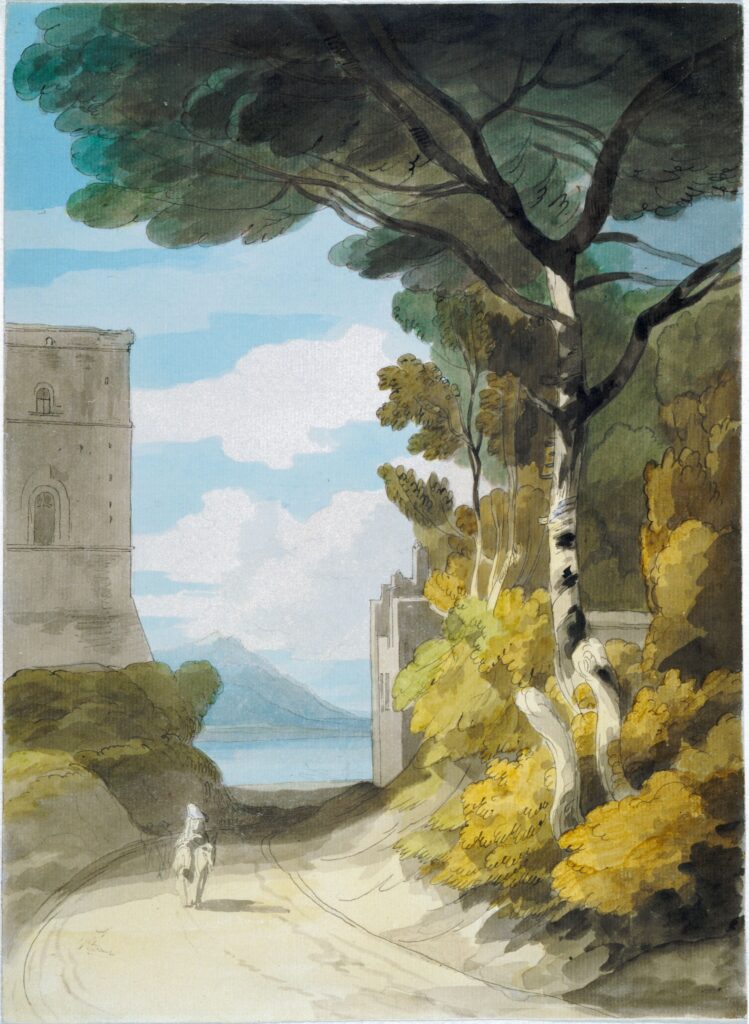
This image is property of images.unsplash.com.
Binder
Role of Binder in Gouache Paint
The binder in gouache paint acts as the adhesive that holds the pigment particles together and allows them to bind to the painting surface. Without a binder, the pigments would not adhere properly, resulting in a powdery and unstable paint layer. The binder also contributes to the smooth and uniform texture of gouache, facilitating its application and creating a cohesive appearance.
Types of Binders Used in Gouache
The most commonly used binder in gouache paint is gum arabic, a natural gum obtained from the acacia tree. Gum arabic is water-soluble and has excellent adhesive properties, which make it well-suited for use in gouache paint. Other binders such as gum tragacanth or methyl cellulose may be used in varying quantities or in combination with gum arabic to achieve specific effects or improve the paint’s handling properties.
Additives
Role of Additives in Gouache Paint
Additives play a crucial role in enhancing the performance and working properties of gouache paint. They can improve the flow and spreadability of the paint, prevent the growth of mold or bacteria, or extend the shelf life of the paint. Additives are carefully selected and incorporated into gouache formulations to meet specific requirements or to achieve desired effects.
Common Additives Used in Gouache
Some common additives used in gouache paint include preservatives, such as benzisothiazolinone or formaldehyde, which help prevent microbial growth and extend the shelf life of the paint. Wetting agents, such as glycerin or ox gall, can be added to improve the flow and wetting of the paint, making it easier to work with. Additionally, anti-molding agents, such as thymol or phenol, may be used to inhibit the growth of mold or bacteria, particularly in humid conditions.
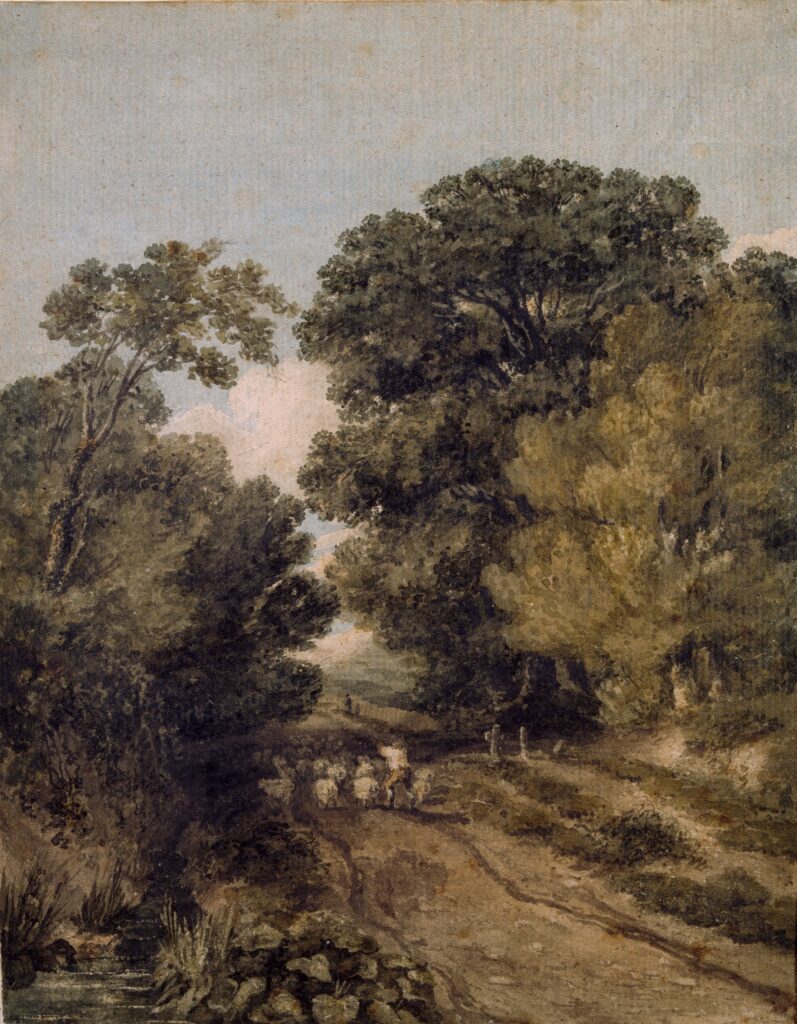
This image is property of images.unsplash.com.
Fillers
Role of Fillers in Gouache Paint
Fillers are often added to gouache paint to increase its bulk and volume without significantly altering its color or performance. They can help reduce the cost of the paint and enhance its covering power. Fillers also contribute to the texture and body of the paint, creating a smooth and consistent application.
Common Fillers Used in Gouache
Calcium carbonate, talc, and kaolin clay are commonly used fillers in gouache paint. These materials are finely ground and added to the paint formulation to increase its volume. Fillers do not significantly affect the color or characteristics of the paint but help create a stable and consistent paint consistency.
Varieties of Gouache Paint
Gouache paint comes in various varieties, each with its unique characteristics and applications. Artists can choose from different types of gouache based on their desired effects and techniques.
Opaque Gouache
Opaque gouache is the most common form of gouache paint. It provides excellent coverage and is prized for its ability to create bold and solid colors. Opaque gouache is widely used in illustration, design, and painting, where a vibrant and opaque finish is desired.
Transparent Gouache
Transparent gouache, also known as gouache wash or gouache tint, offers a more translucent quality compared to opaque gouache. It allows for layering and glazing techniques, creating a subtle and delicate depth of color. Transparent gouache is often used in watercolor effects or when a more subtle and transparent finish is desired.
Matte Gouache
Matte gouache offers a non-reflective and velvety finish. It is widely favored by artists who prefer a flat appearance or need to avoid glare or reflections in their artwork. Matte gouache is popular in graphic design, illustration, and painting when a smooth and matte surface is desired.
Fluorescent Gouache
Fluorescent gouache is a vibrant and intense form of gouache paint that emits a glowing effect under ultraviolet (UV) light. It is commonly used in poster design, signage, or applications that require high visibility or a bold visual impact.
Metallic Gouache
Metallic gouache contains fine metallic particles that create a shimmering and reflective effect when applied to the painting surface. It is often used in decorative arts, calligraphy, or for adding metallic accents to artwork.
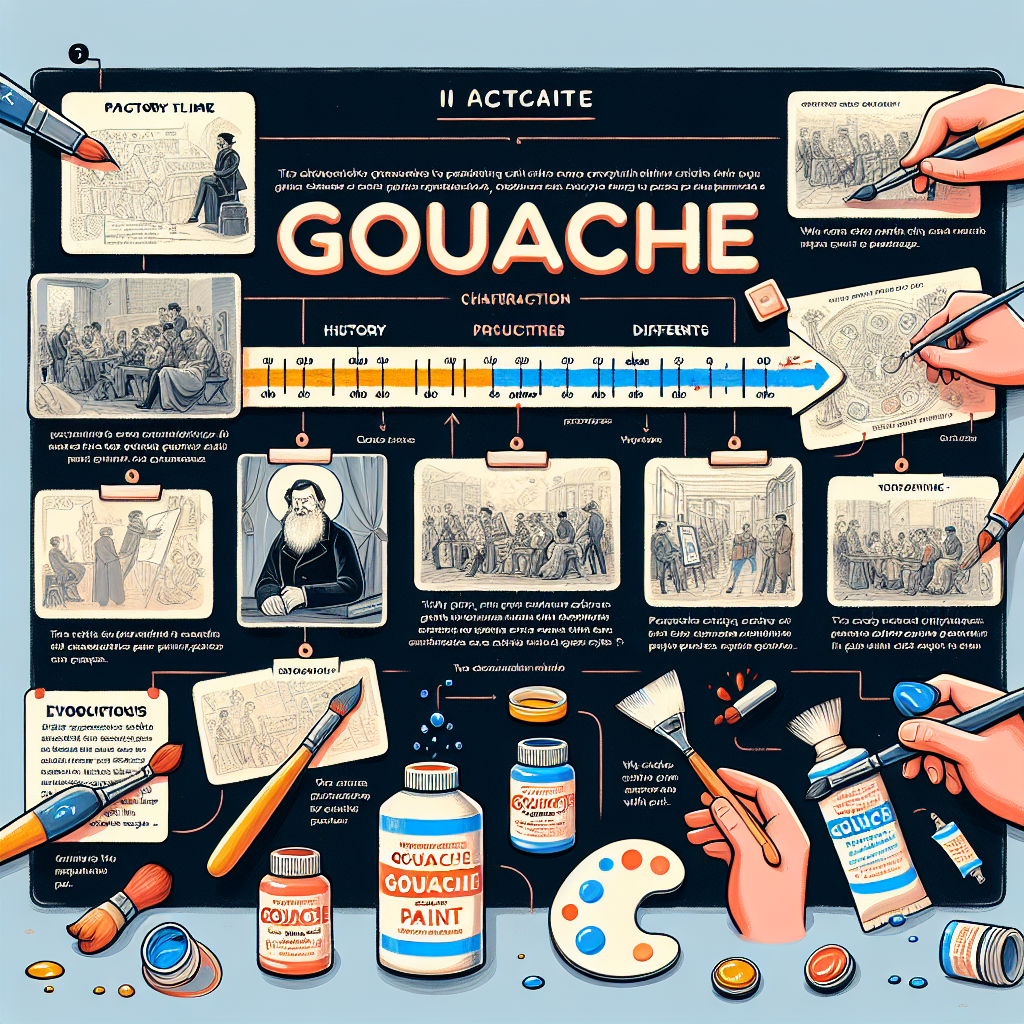
Application of Gouache Paint
Gouache paint can be applied using various techniques and methods, allowing for a wide range of creative possibilities. The choice of application method, surface, and techniques can greatly influence the outcome and effect of the artwork.
Traditional Methods
Traditionally, gouache paint is applied using brushes on paper or illustration boards. Artists utilize techniques such as layering, wet-on-wet, dry brush, and glazing to achieve different effects and textures. Gouache can also be thinned with water to create translucent washes or diluted to create gradients and blends.
Contemporary Usage
In addition to traditional methods, contemporary artists often explore experimental techniques with gouache paint. Some artists use gouache in combination with other mediums, such as acrylic or ink, to create mixed media artworks. Gouache can also be used for collage, printmaking, and even digital art, further expanding its versatility and potential applications.
Suitable Surfaces for Gouache
Gouache paint can be applied to various surfaces, including paper, illustration boards, canvas, and watercolor-specific papers. It is essential to select a surface that is compatible with gouache and able to withstand its water-based nature. Rough or textured surfaces can create interesting effects, while smoother surfaces allow for finer details and precise brushwork.
Different Techniques for Applying Gouache
The versatility of gouache paint allows for a range of techniques and effects. Artists can utilize techniques such as stippling, sgraffito, dry brush, and layering to create texture, depth, and visual interest. Gouache can also be thinned with water to create washes or used undiluted for bold and opaque applications. The choice of technique depends on the desired effect and the artist’s personal style.
Disadvantages of Gouache Paint
While gouache paint offers many advantages, it also has a few limitations that artists should be aware of.
Limited Color Availability
Compared to other types of paint, gouache has a relatively limited color range. Certain pigments may not be available in gouache form, or the range of colors within a particular pigment may be limited. However, artists can compensate for this limitation by utilizing mixing techniques to create a broader spectrum of colors.
Less Permanence than Other Types of Paint
Gouache paint is generally considered less permanent than oil or acrylic paints. Although advancements have been made in improving the lightfastness and permanence of gouache paint, it is still more susceptible to fading or color shift over time. To mitigate this, artists can opt for high-quality pigments and ensure proper storage and protection of their artwork. Additionally, framing gouache paintings behind UV-protective glass can help preserve their colors and extend their lifespan.
In conclusion, gouache paint is a versatile and unique medium that offers artists a wide range of creative possibilities. Its composition, including water, pigments, binder, additives, and fillers, contributes to its opaque quality, vibrant colors, and distinctive finish. From traditional to contemporary applications, gouache paint continues to inspire artists and provide them with a rich and expressive medium for their artwork. Understanding the various ingredients, techniques, and limitations of gouache paint empowers artists to make informed choices and unleash their creativity with this dynamic medium.

